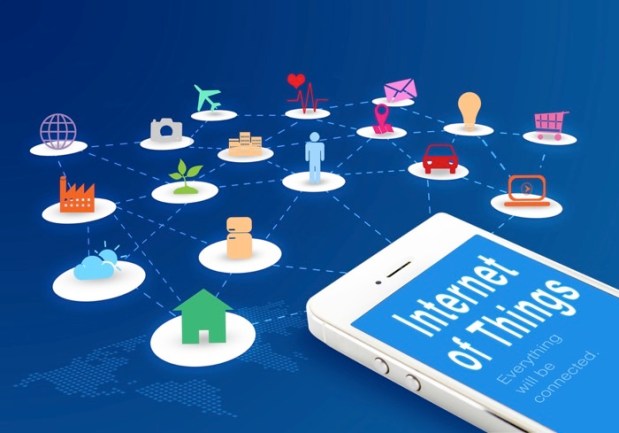Analysts Say IoT Commerce Mainstream In Five Years

The Internet of Things should gain traction with the push toward keeping everyday household items consistently restocked, with alerts sounded when supplies are running low.
That’s one of the key takeaways from a roundtable that was organized by Adobe, attended by CMOs, analysts and tech executives and reported on by VentureBeat last Thursday (Nov. 12). And, they said, as much as 15 percent of items may be purchased in this passive manner five years from now.
Such passive ordering — wherein products armed with sensors will know they need to be replenished — would move toward mainstream adoption if consumer interaction truly is minimal, said the roundtable attendees.
“The consumer package good becomes the sensor itself,” one of the roundtable’s participants, Vivint CMO Jeff Lyman, said. “The best way to tell if you need new tires is for your tires to tell you that; the best way to know if you need new shoes is for your shoes to tell you.”
VMware Strategist Brian Katz added: “If you’re Tide, you put a sensor in the bottle that says they’re using it at X rate. If it works well, you’ll see that [consumers] will start to trust those brands more.” But the usage rates will not be infallible, as there are events that can draw products down faster than the sensors might detect. Katz said a consumer who looks to bake a cake might need more eggs than an egg carton tracking normal usage might indicate.
Amazon Dash Buttons may prove to be a driver of IoT, said panelists. Though not strictly passive, the buttons may indeed lead consumers to eventual adoption of truly passive consumption.
But large brands may initially be resistant to widespread adoption of the IoT as they have been habitually late in adopting new technology, said some observers. And, in many cases, it will be the platforms that drive growth, becoming leveraged into distribution systems, they added.
To check out what else is HOT in the world of payments, click here.
